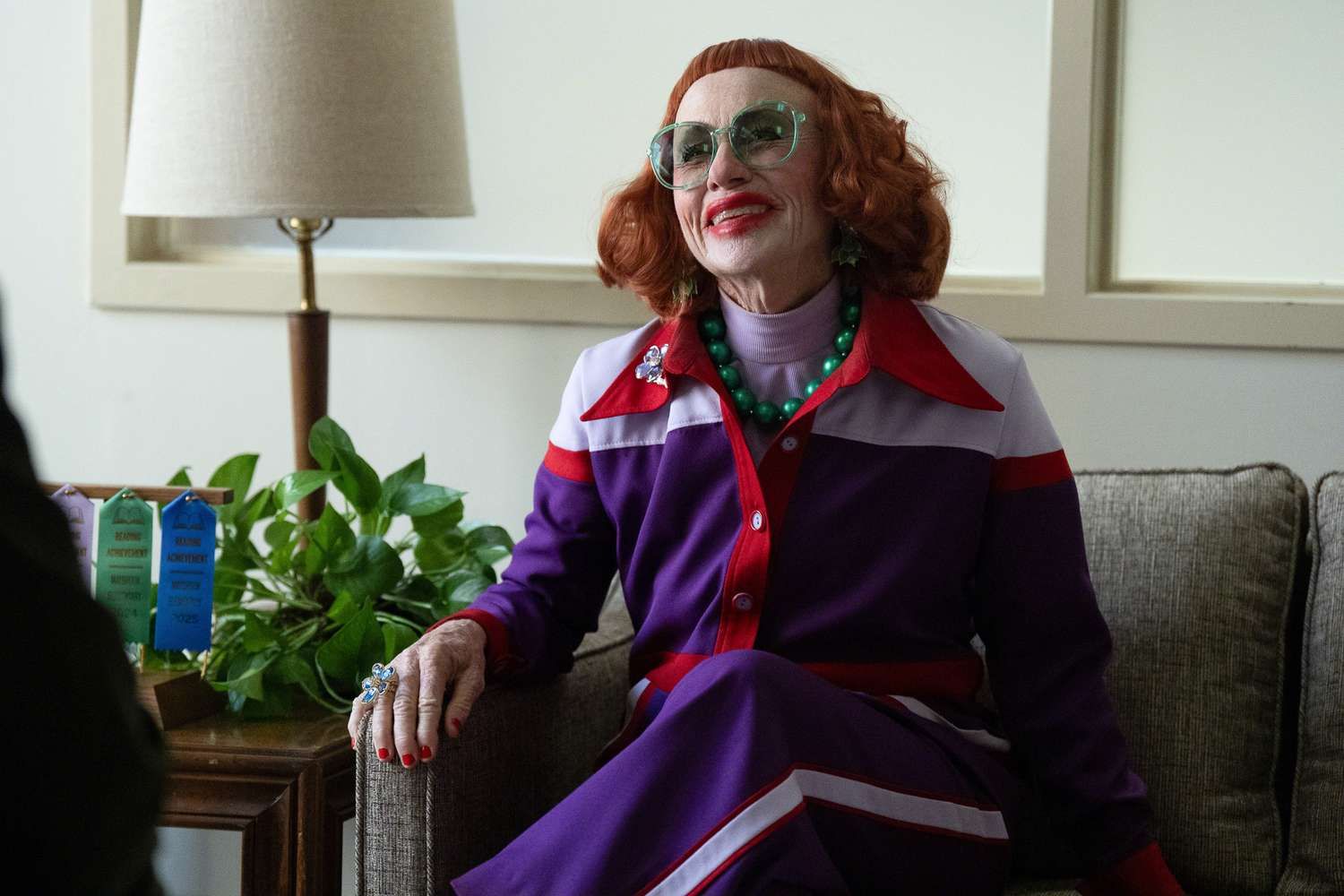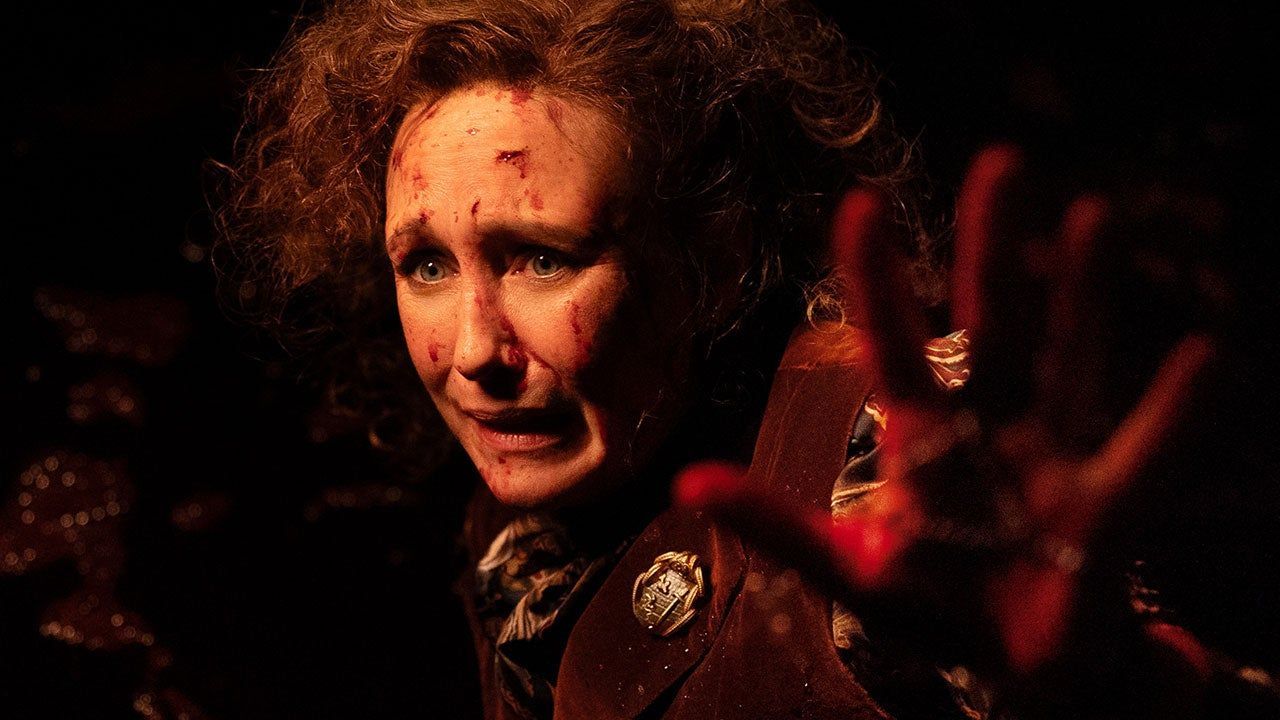Horror Movie Soundtracks That Amplify the Terror
How horror movie soundtracks amplify terror, from chilling themes to haunting ambiance.

Music in horror movies often has a psychological effect on audiences, heightening tension and drawing us into the horror.
From subtle, haunting melodies to sudden, jarring notes, these soundtracks amplify fear, unsettle our nerves, and set the stage for unforgettable horror experiences.
Let’s look at some of the most impactful horror soundtracks and how they intensify the fear!
1. The Iconic Themes: Recognizable and Relentless
Some horror soundtracks are instantly recognizable, with themes that invoke terror from the first note.
John Carpenter’s Halloween (1978) theme is a classic example - its repetitive piano notes are simple but incredibly effective, symbolizing the unrelenting nature of Michael Myers. Similarly, the soundtrack for It Follows (2014) by Disasterpeace uses pulsating, synth-heavy sounds to create a sense of impending doom that mirrors the film’s premise. Both scores become as memorable as the villains they accompany, turning music into a character of its own.
2. Orchestral Horror: Grand and Foreboding
Orchestral scores can elevate horror with their grand, ominous presence. Bernard Herrmann’s score for Psycho (1960) uses sharp violin screeches during the famous shower scene, amplifying the violence and shock. A more modern example is The Conjuring (2013), where Joseph Bishara’s score combines intense strings and haunting soundscapes to deepen the supernatural atmosphere. These compositions underscore the tension, immersing viewers fully in the horror unfolding on screen.
3. Eerie Ambience: Building an Atmosphere of Dread
Some horror movies use ambient, atmospheric soundtracks to sustain a constant sense of dread. In The Shining (1980), Wendy Carlos and Rachel Elkind employ dissonant tones and subtle distortion to convey the Overlook Hotel’s eerie presence. The soundtrack for Hereditary (2018) by Colin Stetson uses deep, guttural sounds and sparse instrumentation to unnerve audiences, creating an auditory experience as disturbing as the film’s visuals.
These soundtracks build fear through the unrelenting unease they create.
4. The Unexpected: Juxtaposing Fear with Familiarity
Occasionally, horror movies surprise us with soundtracks that contrast horror with familiarity, making the terrifying scenes even more jarring. Insidious (2010) incorporates Tiny Tim’s cheerful yet eerie “Tiptoe Through the Tulips,” adding a surreal and disturbing layer to a frightening scene. American Psycho (2000) uses upbeat ‘80s pop during scenes of violence, which amplifies the unsettling nature of the protagonist. This contrast between sound and action enhances the horror by lulling audiences into a false sense of normalcy before delivering shocks.
The role of soundtracks in horror films is undeniable.
Whether through iconic themes, orchestral tension, ambient dread, or unexpected contrasts, music enhances the fear factor, turning an ordinary scene into something unforgettable. These soundtracks prove that, in horror, what we hear is often as terrifying as what we see!



